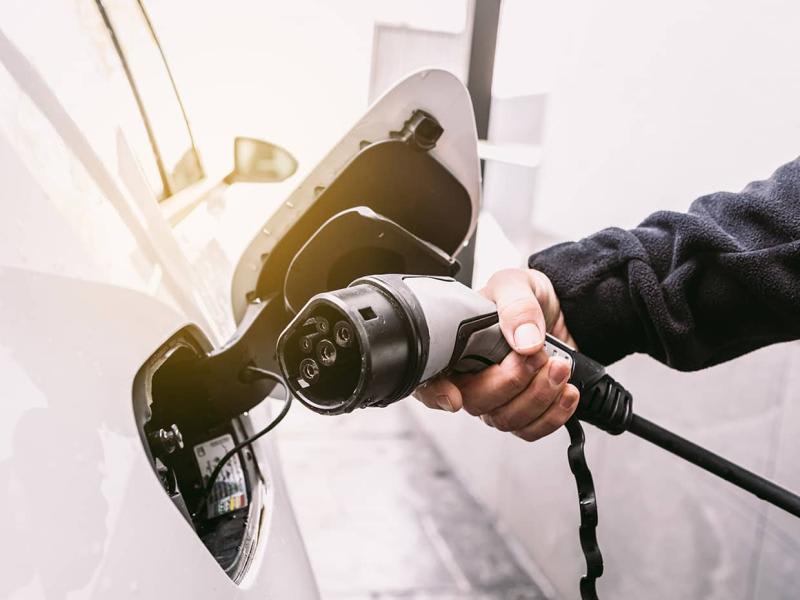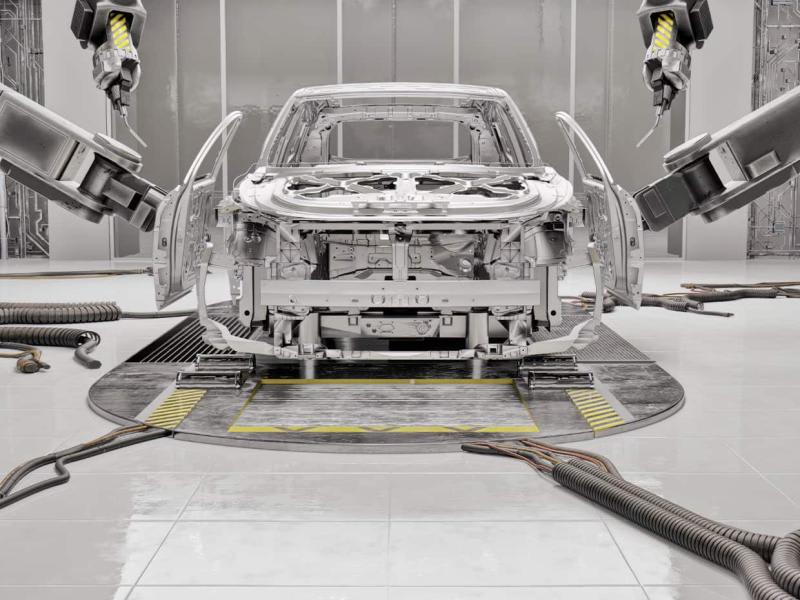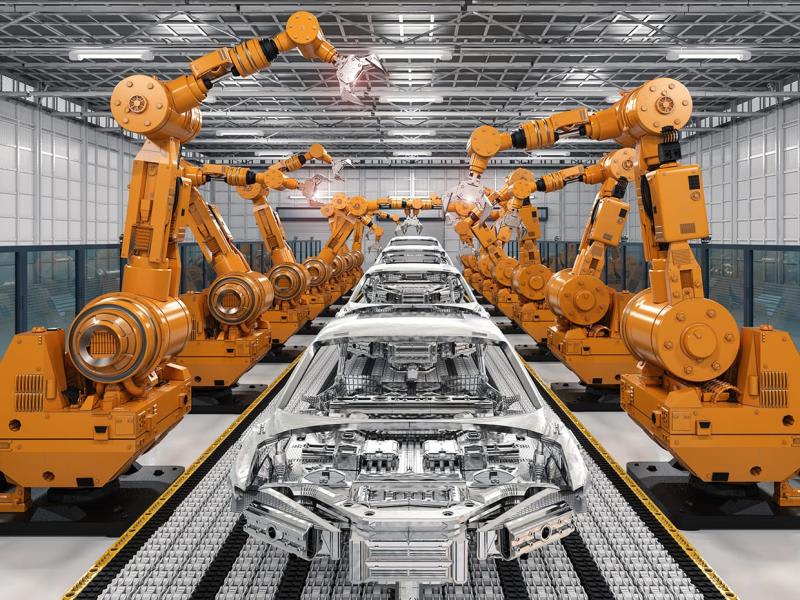When it comes to the automotive sector, the global pandemic has been a great catalyst for rapid change, impacting middle market organisations significantly causing manufacturing issues, forcing the closure of factories and creating interruptions to vital supply chains. Faced with complex decision-making, frequently changing priorities and the threat of de-globalisation, organisations have felt the effects across the globe, placing extreme pressure on an industry already dealing with shifts in customer demand amongst other issues. Similarly, to the rest of the world, the Americas have experienced this pressure at great scale. As companies look to strike the perfect balance between flexibility and cost efficiencies within the supply chain, we look at some of the changes, opportunities and challenges that COVID-19 has created for the automotive industry in this region.
Automotive in the US, Canada and Mexico
With many businesses struggling to deal with the repercussions of the pandemic, the face of the automotive industry could be set to change significantly as companies try to protect themselves against further supply chain outages, material shortfalls, trade restrictions and tariffs. COVID-19 followed the protectionist sentiment from the US-China trade war that dominated headlines in 2019. In the US and Canada, the acceleration of research and development and innovation and technological advancements such as enhanced business intelligence activities, data analytics and Robotic Process Automation (RPA) tools have been occurring at scale in order to create improved manufacturing processes. Despite this, in 2021 and beyond, automotive manufacturers may well experience incurred additional costs and resource to meet content, labour, and purchasing reporting requirements related to the United States-Mexico-Canada Agreement (USMCA). To meet wage requirements, the labour value obligations will likely lead manufacturers with deeper roots in USMCA countries to shift production jobs from Mexico to the US and Canada. It is the latter two of these countries which will continue to invest in innovation and technology to prepare for the increased production levels resulting from these shifts in production. Mexico, however, is well positioned for bringing parts of the supply chain closer to the end user, particularly as the country already has a large manufacturing base including, within the automotive industry, major Original Equipment Manufacturers (OEM’s) and Tier I and Tier II organisations.
The major challenge for Mexico will be to ‘un-dust’ supplier development practices that took place between 1990 and 2000 where manufacturing grew under the North American Free Trade Agreement (NAFTA) umbrella. In order to leverage the current base in Mexico and develop new processes to regionalise within the Americas, the supply chain will be a key success factor for minimising global risk whilst maintaining healthy competition.
Meanwhile, Canada has a real opportunity to form an essential part of the North American supply chain in the new post-COVID-19 world. Ontario is currently the only place in North America where five major automakers build vehicles — Fiat Chrysler, Ford, General Motors, Honda, and Toyota. Reshoring parts of the supply chain that currently reside in China, or other parts of the world, will bring it closer to final production. There have been recent announcements from Ford and GM to invest in plants in Canada to build new vehicles. For Ford, this specifically relates to investment into its Oakville plant to build new electric vehicle and batteries for Electric Vehicles (EVs). The federal and provincial government has also shown support for committing funding to support Ford on its investments to mass produce EVs in Ontario. Canadian auto parts manufacturer, Magna International and Linamar are already significant Tier 1 suppliers for OEMs and there are also significant technology investments taking place into vehicles of the future such as batteries, connectivity and autonomous vehicles.
NAFTA vs USMCA – a comparison of two trade agreements
The USMCA which came into force on 1 July 2020 brought about a long-expected shift away from the aging NAFTA. While the core objective for the new agreement remains the same, drastic changes have been made in order to increase Regional Value Content (RVC). For all automotive companies involved, the new path they take under the USMCA standards will depend on a cost-benefit analysis of the best way to proceed.
The IMMEX programme
The IMMEX programme which roughly translates to the Maquiladora, Manufacturing and Export Services Industry is the most developed and highly used export programme in Mexico. In 2020, the main changes to this programme came about in relation to companies under the shelter modality. Previously, Mexican domestic legislation contemplated a specific regime that allowed foreign residents to operate in Mexico through a third-party Shelter IMMEX programme company, which provided administrative, accounting, maintenance, and customs services, among others, for a four-year period. This was accessible without the need for the creation of a permanent establishment in Mexico for the foreign resident. This shelter programme in Mexico also allowed foreign residents to be focused 100% on the production process. In 2016, an administrative rule granted an extension of four years to continue working for foreign residents that were in full tax compliance.
Resulting from the 2020 income tax reform, all the foreign residents that operate under a Shelter IMMEX programme company in Mexico, have no time limit to work under the regime, if they meet certain requirements relating to tax registration, compliance, documentation and transparency.
Looking ahead, trade execution specifically between Canada and Mexico might benefit from a strategy that looks at other trade agreements when trading car parts or finished cars. Both these countries are members of the Comprehensive and Progressive Trans-Pacific Partnership (CPTPP) which allows companies in either place to import goods under both the CUSMA/T-MEC agreement or the CPTPP agreement. With their established automotive production base, the result will be to have duty free access to Australia, New Zealand, Japan, Vietnam, and Singapore in terms of vehicles that are manufactured in North America. Mexico and Canada also have free trade agreements with the EU meaning that Canadian goods made with Mexican components and vice versa can often qualify under EU free trade agreements.
Is de-globalisation on the horizon?
Across many industries, globalisation as we know it may well have run its course as technological changes and corporate strategies lead to more products being made locally or delivered digitally. Moving forward, automotive companies may well look to regionalisation and bring production closer to their final destination. However, it is probably too early to speak of ‘de-globalisation’ as a mainstream trend. In 2021, companies should start to make decisions with resilience in mind and sustainability in mind.
In the US, facilitating the entire production process locally ignores the comparatively higher cost of labour, capacity constraints and production specialisation available. However, bringing production closer to the end consumer could still be a desirable middle ground. OEMs and automotive suppliers are likely to consider the entire supply chain and be intentional in planning alternative sourcing options. These alternative sourcing options will reduce the dependency on a single supplier or geographical location. Looking beyond the Americas, potential winners of regionalisation could be Eastern Europe, Mexico, Vietnam, Thailand, and Indonesia.
On top of rethinking where they manufacture, companies might also rethink how they make goods. Just-in-time production, which became popular in the second half of the 20th century - and was characterised by strict inventory management – might well have had its day and could place organisations in a weak position when faced with future major disruption. That said, many businesses may still be reluctant to leave China as it remains one of the biggest and fastest growing consumer markets in the world with competitive raw materials and labour costs.
As companies look to reimagine more resilient supply chains and embrace new technologies for smarter production, it is ultimately the weaker economies which will be impacted most. Political and other pressures will likely prevent globalisation from reaching its pre-pandemic peak. If there is a step away from globalisation, smaller countries will feel the change as it is much harder for them to diversify production and they remain reliant on being part of global supply chains.
The impact of COVID-19 on the automotive supply chain has been unprecedented and whilst progress continues to be made and lockdown measures, in parts, begin to be relaxed the industry will remain greatly challenged by this extraordinary pandemic for years to come. Disruption may have revealed vulnerabilities in the automotive supply chain but it has also accelerated the adoption of digital tools as an advantage.
If the automotive industry in the Americas and beyond is to harness the potential of new advancements, in spite of the many challenges that remain, one thing is for certain, greater levels of collaboration, resilience and action is required by all.







